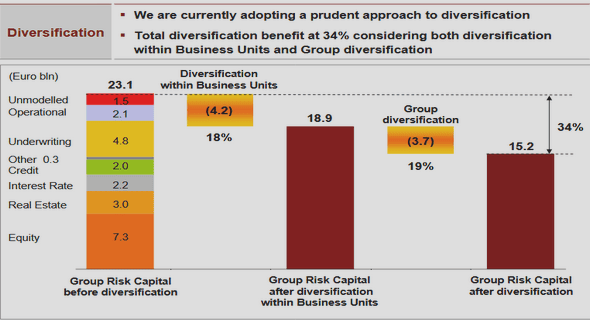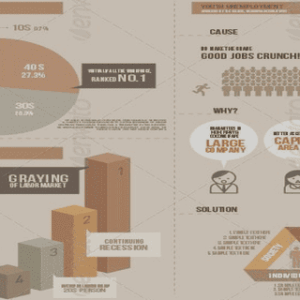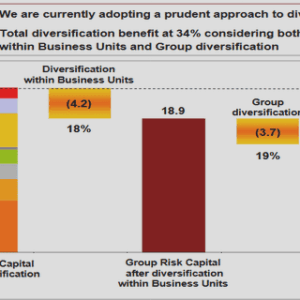(Downloads - 0)
For more info about our services contact : help@bestpfe.com
Table of contents
1 General introduction
2 Getting acquainted with Research and Technology Organizations (RTOs)
2.1 Defining RTOs
2.2 The funding model of RTOs
2.3 Motivation for establishing RTOs: The valorization of public research
2.4 The collaborative innovation model of RTOs, their position in national innovation systems and the focus on services
2.5 RTOs challenges and transformation process
3 An internal perspective of RTOs: RTOs unique service innovation capabilities
3.1 Theoretical Background
3.1.1 Understanding services and service innovation
3.1.2 Services in an open innovation context
3.1.3 The operational side of service innovation: the New Service Development (NSD) process
3.1.4 Service Innovation through the lens of the Resource Based View (RBV) of the Firm
3.1.5 Complementing the RBV: The resource-process framework for service innovation
3.2 Research Strategy: Research Objective and Research Design
3.2.1 Research Question 1
3.2.2 Research Design
3.2.3 Conceptualizing the theoretical framework of service innovation capabilities in RTOs
3.2.4 The qualitative part – Multiple case studies in European RTOs
Data collection
Data analysis
3.3 Main Results 1 – Identifying the distinct service innovation capabilities of RTOs
3.3.1 A theoretical framework for the development of service innovation capabilities in RTOs
Main Contributions
3.3.2 A proposed grid for mapping the service innovation capabilities of RTOs
Main contributions
3.3.3 Reinforcing creativity in service innovation – 7 relevant capabilities
proposition
Main contributions
3.3.4 Conclusions of the first part of the research project
4 An external perspective: The role of RTOs vis-à-vis universities in the public researchindustry open innovation relationship
4.1 Theoretical Background
4.1.1 The dimensions of openness
4.1.2 The debate around open innovation
4.1.3 Open Innovation: benefits versus risks and challenges
4.1.4 Reducing the risks and challenges of open innovation through innovation intermediaries
4.1.5 Open innovation relationships between industry and the academic world
4.2 Research Strategy: Research Objectives and Research Design
4.2.1 Research Question 2
4.2.2 Research Design
4.2.3 Comparing RTOs to TTOs/universities as intermediaries in the scienceindustry relationship
4.2.4 The quantitative part – Statistical analysis of the Eurostat’s Community
Innovation Survey microdata (year 2012)
4.3 Main Results 2 – The role of RTOs vs universities in the science-industry relationship
4.3.1 RTOs vs TTOs as intermediaries: reduction of transaction costs vs. knowledge creation
Main contributions
4.3.2 RTOs vis-à-vis Universities as sources of knowledge and the different impacts on innovation
Main contributions
4.3.3 Conclusions of the second part of the research project
5 Discussion and Concluding Remarks
5.1 Synthesis of Results and Discussion
5.2 Practical Implications
5.2.1 Managerial Implications for RTOs
5.2.2 Managerial Implications for the industry
5.2.3 Policy Implications
5.3 Further research avenues
5.3.1 Replication with more case studies and/or in another context
5.3.2 The role of RTOs in bringing more openness to innovation and the implications for their Intellectual Property management
5.3.3 The role of RTOs in supporting entrepreneurship
5.3.4 The internationalization of RTOs: is it feasible?
Bibliography




